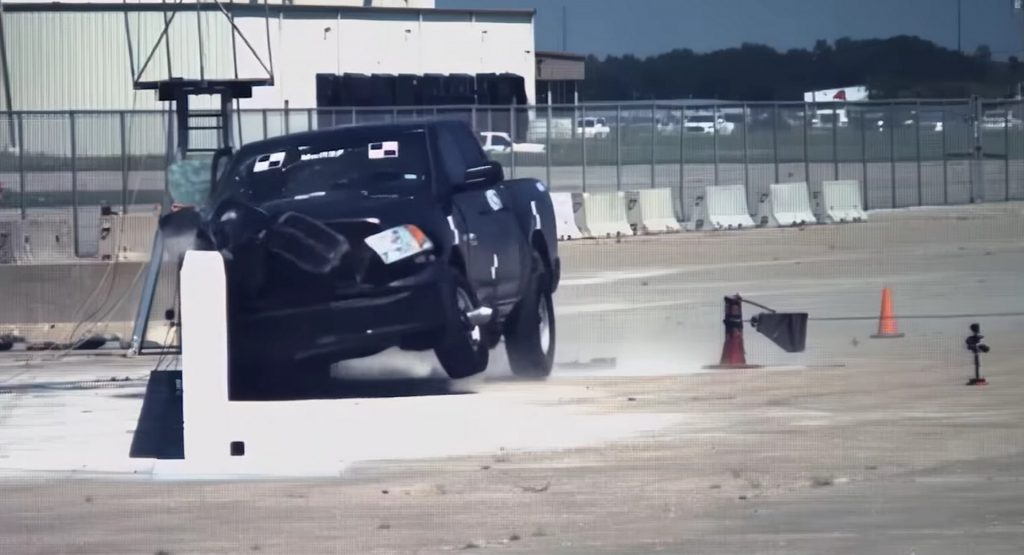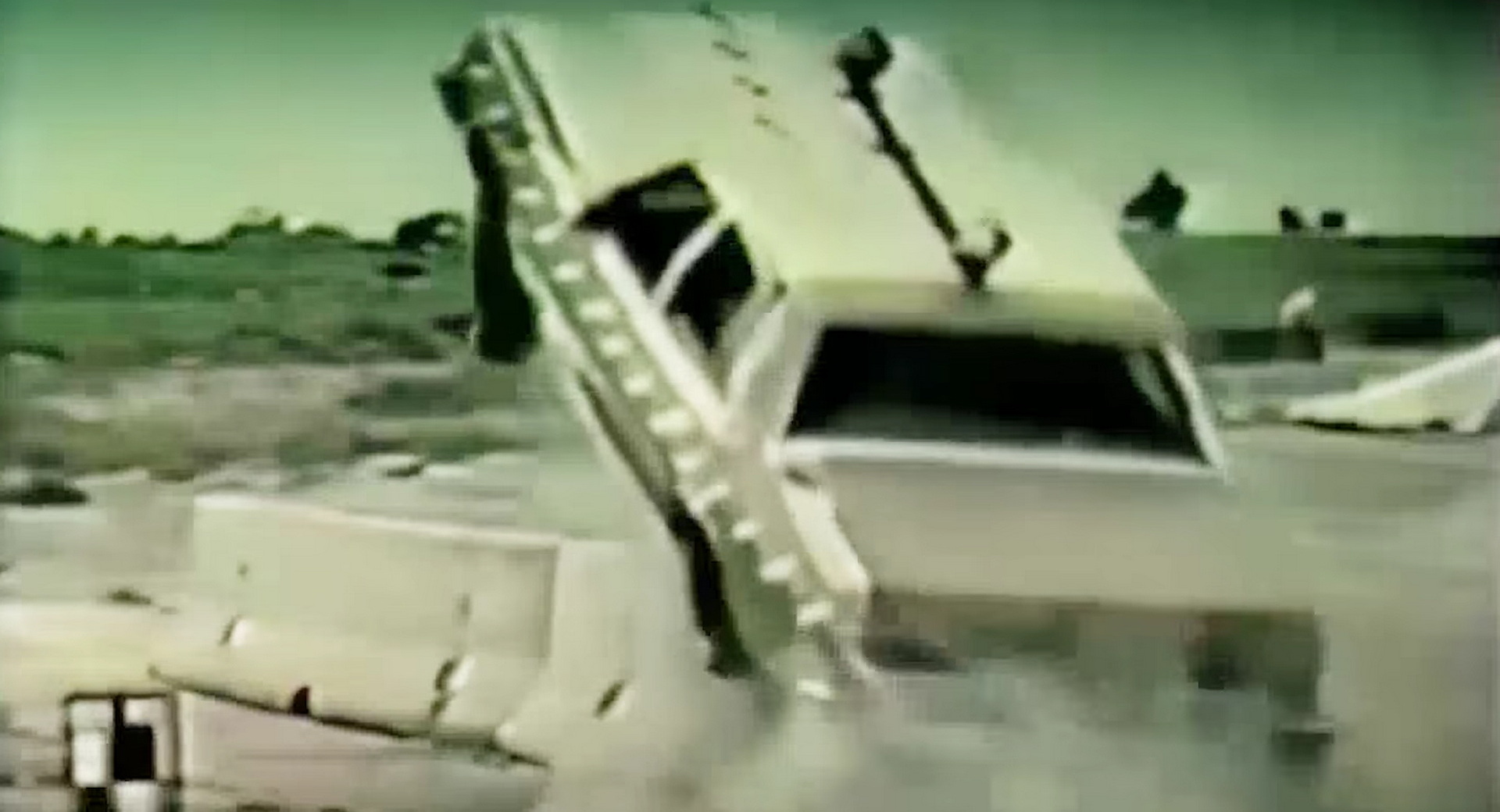Designing safety barriers is the type of thing that seems easy at first, but years of accidents have proven that making them well is a tricky business. Fortunately, there are engineers out there who are working hard to make safety barriers safe.
That might seem like the bare minimum but barriers haven’t always been all that safe. Designing good barriers, especially those along highways, has taken years to get right and even today the competing needs for economy and safety have made some types controversial.
The crux of the problem is that cars are actually inherently dangerous. They travel at high speeds and carry an enormous amount of momentum. As we know from crumple zones, bringing that all to a sudden stop is bad news for the driver. So the mission to make barriers break away at just the right speed has been the work of many years.
Read Also: What Romain Grosjean’s Horrific Crash Will Mean For Future Formula 1 Safety
In that time there have been some lateral moves, such as the sloping concrete and metal barriers of years gone by. While these were, perhaps, preferable to simply running into the end of a concrete barrier or being speared by a metal one, they also tended to launch vehicles into the air. This is dramatically demonstrated in the video below and was really bad when actual people needed them.
Since then, the technology has evolved so that metal barriers fold away when we run into them and sacrificial (and even reusable) structures protect us from the ends of concrete barriers.
There are still controversial technologies today, though. Things like wire barriers, which are cheap but less effective at keeping a vehicle from piercing through, are an apt metaphor for the tightrope that engineers have to walk when considering less effective measures that can be widespread vs. heavier duty safety systems that are slow to put up and may leave some areas unprotected.





